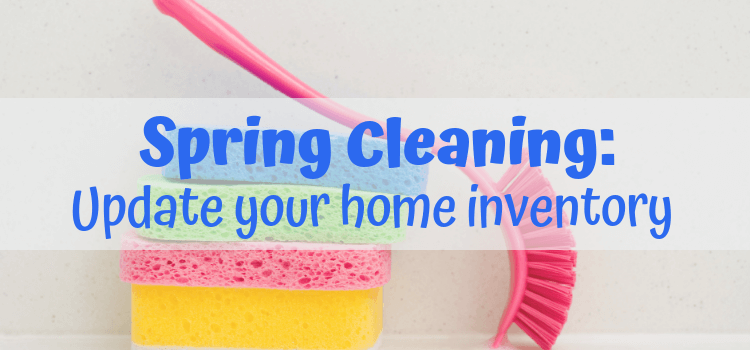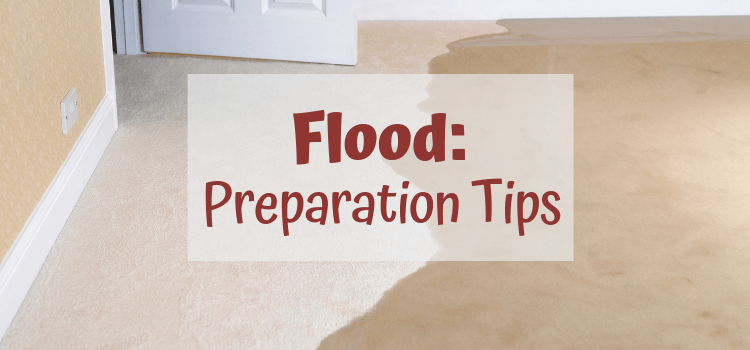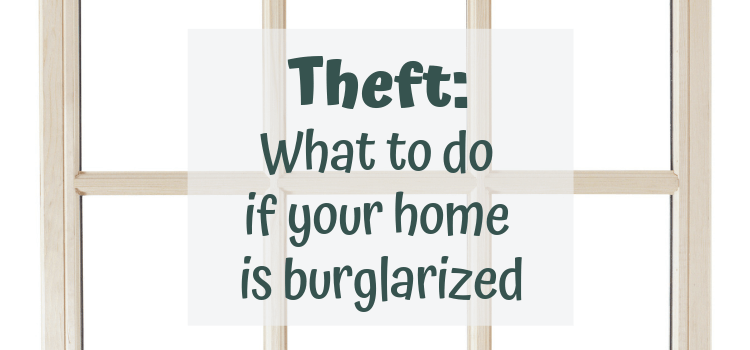
Have you begun the much-anticipated spring-cleaning? The winter holidays are over and your house could probably use a fresh start. As you weed through the nooks and crannies and dig out outdated items that could probably stand to be donated by now, you may just feel a weight you didn’t know was there start to lift off of your shoulders. The sun is starting to come through the windows and you need to make some space. You don’t necessarily have to rid your household of everything that doesn’t bring you joy, but maybe consider tossing the items that no longer function. If you are able to part with items, do so, and do it before you change your mind. If you’ve bought new furniture, donate the old furniture so someone else can enjoy endless movies nights with your pre-worn in the already loved couch. Once you’ve purged your house and renewed for the spring you’ll feel like a brand new you.
Do you know what you should do after a renewal; after you’ve just regrouped your entire house and switched up the contents a little? Can you guess?
That’s right!
You should update your home inventory! An up-to-date home inventory is vital in the event a major claim occurs. After the holidays, your household has probably acquired a few new things and you’ve probably just gotten rid of a few items. Updating in the spring is usually the easiest because it involves mostly removing items and maybe adding only one or two. Either way, you should definitely review your inventory and update as necessary, just in case. Happy spring cleaning and get to that home inventory today!





